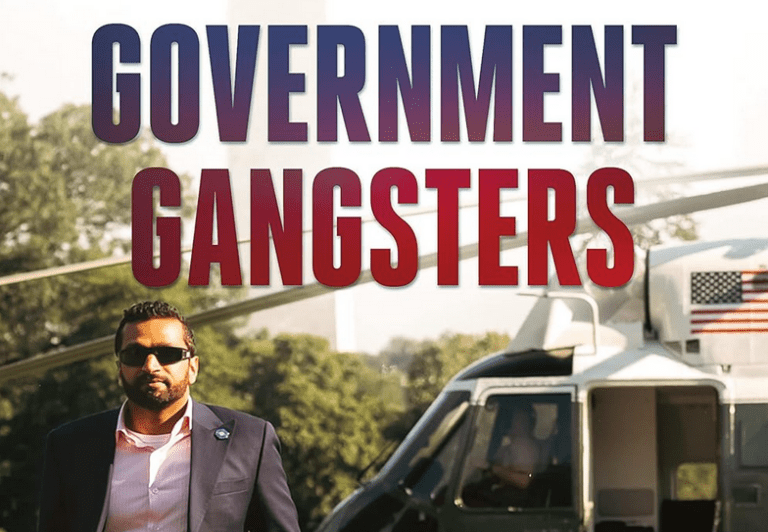There is an interesting discussion on X about LinkedIn founder Reid Hofman. Allegedly he wants to flee the US. The X thread discusses Hoffman’s donations to the Democratic party, and allegations connecting him to Jeffrey Epstein‘s scheme. Allegedly Hofman is afraid of Trump revenge and wants to flee the U.S. Here’s an analysis of the communication and opinions expressed in the thread:
Main Points of Discussion
Allegations and Speculation
The thread initiates with a claim that Reid Hoffman, co-founder of LinkedIn, has donated $250 million to Democratic causes, suggesting this could be an attempt to prevent his name from being released in connection with Jeffrey Epstein. This speculation sets the tone for much of the subsequent discussion.
Political Implications
Many commentators in the thread view Hoffman’s donations through a political lens, suggesting that his contributions to Democratic causes might be an attempt to buy protection or influence. Some users express skepticism about the effectiveness of political donations in preventing potential legal consequences.
Credibility of Claims
There’s a mix of opinions regarding the credibility of the allegations. Some users appear to accept the premise without question, while others express skepticism or call for more concrete evidence.
Broader Corruption Allegations
The thread expands to discuss perceived corruption within political and elite circles, with some commentators drawing connections between Hoffman, other tech leaders, and political figures.
Recurring Themes
- Money and Influence: A prevalent theme is the perceived use of wealth to influence political outcomes or legal processes.
- Partisan Divide: The discussion often splits along political lines, with critics of the Democratic party using the allegations to reinforce their views.
- Calls for Transparency: Many commentators express a desire for full disclosure of Epstein’s associates, regardless of political affiliation.
- Media Criticism: Some users criticize mainstream media for not covering the story more extensively.
Elon Musk’s Previous Comments
It’s worth noting that Elon Musk has previously alluded to Reid Hoffman‘s potential connection to the Epstein case. In a separate incident, Musk responded to an X post about Hoffman by suggesting that Hoffman might be “doth protesting too much” regarding the Epstein client list. This comment from Musk adds another layer to the ongoing speculation and discussion surrounding Hoffman’s alleged connections.
The thread reflects a complex mix of political commentary, speculation, and calls for accountability. While some users present the allegations as fact, it’s important to note that as of now, these remain unproven claims circulating on social media. The discussion underscores the intense public interest in the Epstein case and its potential ramifications across political and business spheres.















